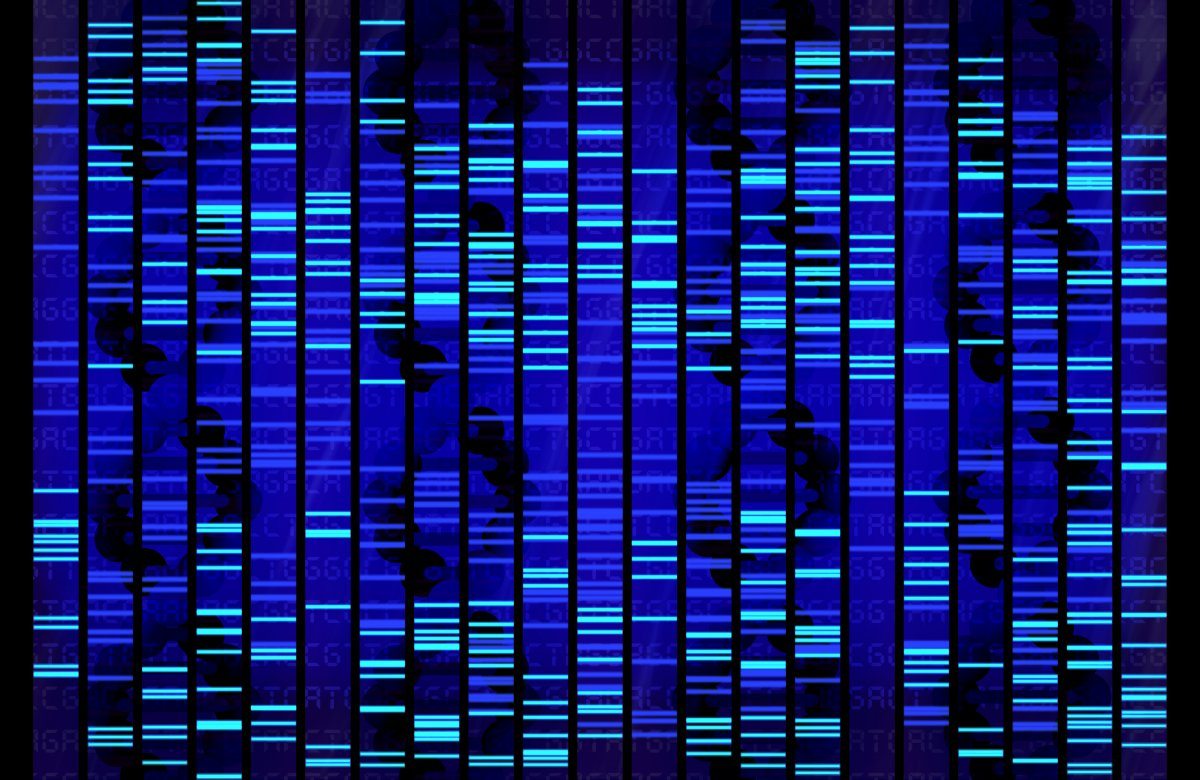Mutations in Regulatory Elements Linked to Neurodevelopmental Disorder
42% of patients with severe developmental disorders carry pathogenic de novo mutations in coding sequences. But this role of de novo mutations in regulatory elements affecting genes associated with developmental disorders, or other genes, has been essentially unexplored.
Now, researchers at the Wellcome Sanger Institute decided that they would venture into relatively unfamiliar genomic territory, stretches of DNA that consist of regulatory elements. In the latest study, researchers investigated genetic disorders of the central nervous system, such as developmental brain dysfunction that can lead to impaired learning and language.
“Our findings represent a robust estimate of the contribution of de novomutations in regulatory elements in this genetically heterogeneous set of disorders, and emphasize the importance of combining functional and evolutionary evidence to identify regulatory causes of genetic disorders,
” senior author Matthew Hurles, a group leader in the genetics of developmental disorders at the Wellcome Trust Sanger Institute, and his colleagues wrote.The team studied the genomes of almost 8,000 child and parent trios, focusing on genes that coded for proteins as well as non-coding parts of the genome that control the switching on and off of genes, known as regulatory elements.
The researchers uncovered suspicious protein-coding de novo mutations or inherited developmental disease risk variants in almost 1,700 of the neurodevelopmental cases. Just a fraction of a percent of de novo mutations in these conserved, brain-active elements seem to prompt neurodevelopmental conditions in a dominant manner, the researchers reported.
But in undiagnosed neurodevelopmental disorder cases without explanatory changes in protein-coding sequences, they put the odds of a pathogenic de novo mutation in the conserved elements from the fetal brain at anywhere from about 1 percent to 3 percent.
Patrick Short, first author from the Wellcome Sanger Institute said, “For the first time, we’ve been able to say how many children with severe neurodevelopmental disorders have damaging genetic changes in parts of the genome called regulatory elements. Of the near 8,000 families we studied, up to 140 children are likely to have these particular mutations that are responsible for their condition. We’re getting closer to providing a diagnosis for these families.”
“This study is a promising step towards providing the answers that families have been seeking for years. Once these families receive a diagnosis, they will be able to make decisions about the treatment options for their child and make future plans for their family,” said Professor Anneke Lucassen, chair of the British Society of Genetic Medicine.






























